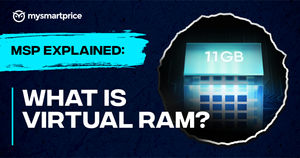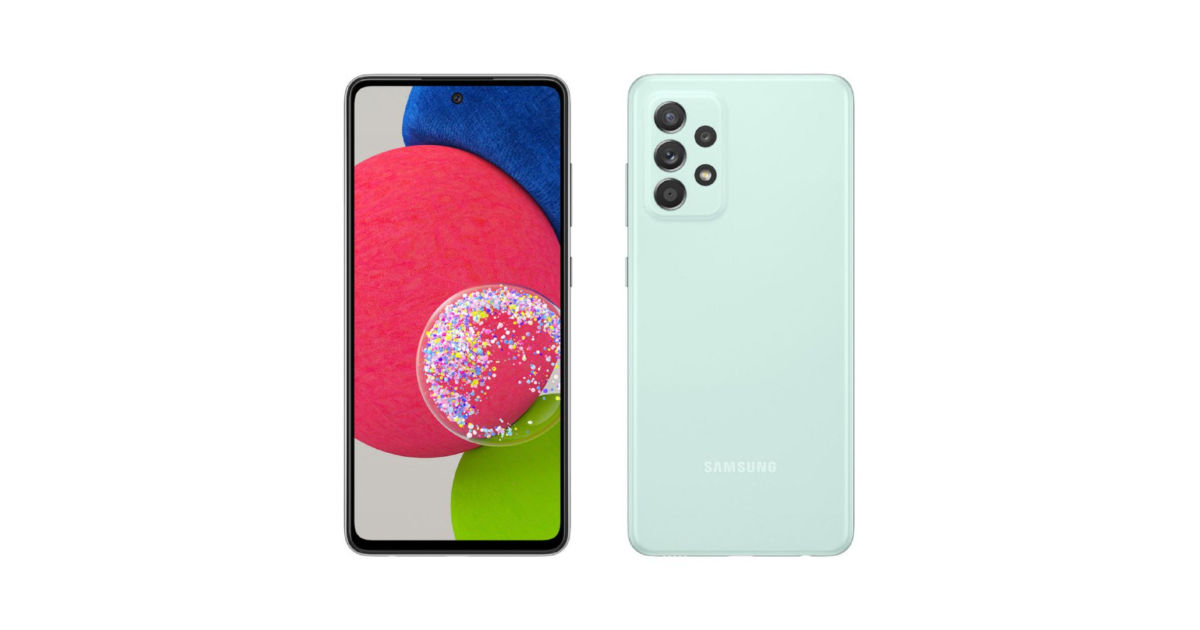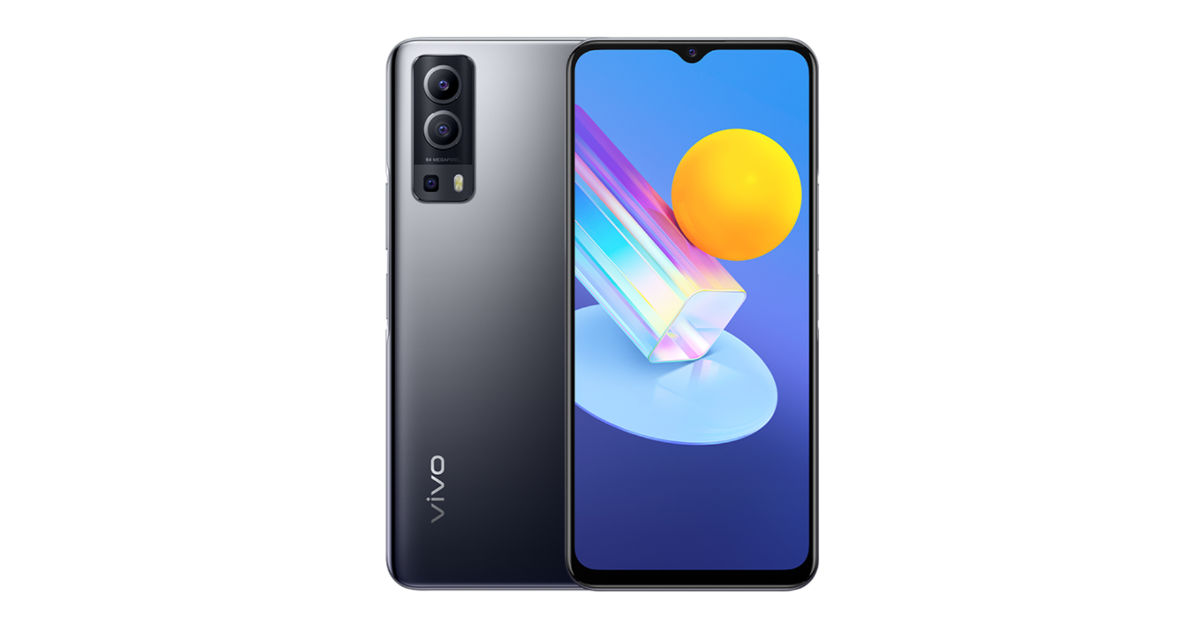
Lately, several phone companies have started offering virtual RAM in their phones. As a result, we are seeing that crazy 16GB RAM number on the marketing materials with (8GB+XGB) in the bracket. But what exactly is virtual RAM on phones, how does it work, and what are its benefits? In this week’s MSP Explained we have jotted down everything. So, without wasting any more time, let’s jump straight in.
What is Virtual RAM?
Virtual RAM on the phone is a temporary solution to your phone’s actual RAM when it gets overwhelmed due to heavy multitasking. It uses a portion of your phone’s storage to act as additional RAM. Non-essential app data gets compressed and sent to this virtual space, freeing up space in the actual RAM for the apps you’re actively using.
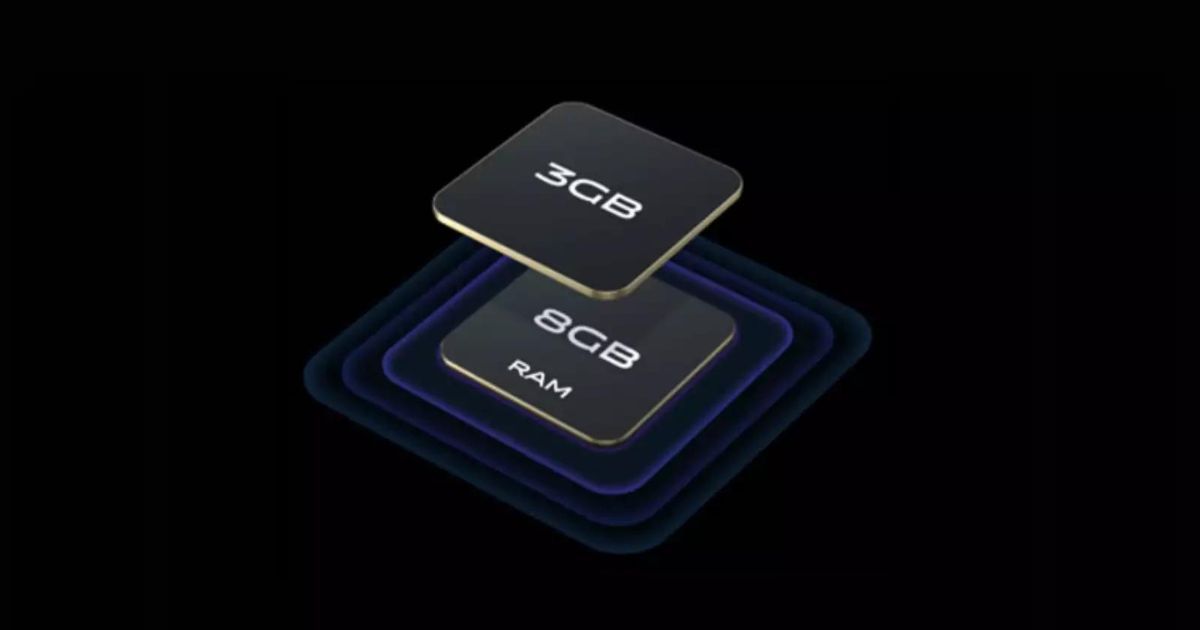
Imagine your phone’s RAM as a busy restaurant kitchen. It’s where the chefs (apps) prepare your orders (tasks) quickly and efficiently. But with too many orders coming in, the kitchen gets overwhelmed, leading to delays (lag) and frustrating customers (you!). Here, a virtual RAM is like setting up a temporary prep station outside the kitchen.
How Does Virtual RAM Work?
Virtual RAM works by allocating a portion of your phone’s internal storage, which acts as additional RAM. This concept is akin to how computers use a swap file. Simply put, there are three types of memory on the phone,
- RAM (used for active tasks)
- Internal storage (for storing apps and data)
- zRAM (a compressed portion within the RAM for background tasks)
Usually, phones manage memory using a process called paging, which breaks RAM into small pieces called “pages.”

When your phone runs out of physical RAM, it uses virtual RAM to create a swap partition in the internal storage. This partition acts like zRAM, storing low-priority or inactive data and freeing up actual RAM for more important tasks.
Is Virtual RAM Good for Your Phone?
The short answer is YES. It can help with easy multitasking, keeping more apps open in the background without performance dips.
Yet, have you ever wondered why it’s only offered in budget or mid-range devices? That’s because budget devices have cost constraints and, as a result, have to use smaller RAMs to keep the price in check. Meanwhile, flagships have recently come with massive RAM options like 12GB or even 16GB.
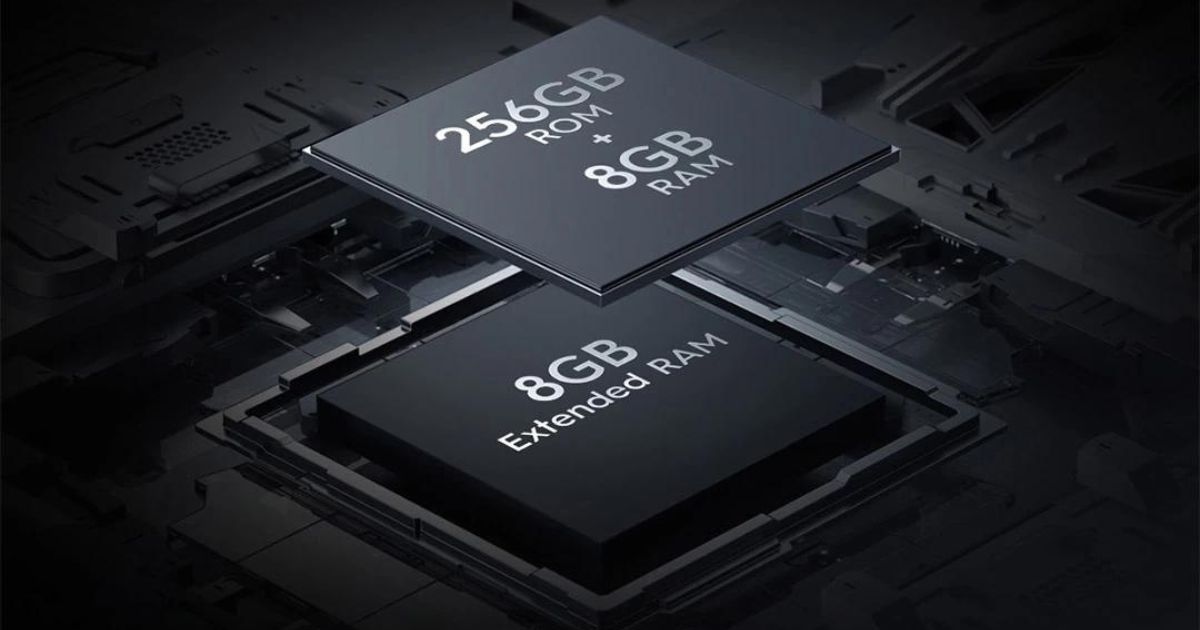
Furthermore, it’s also important to know that virtual RAM is not some sort of magic pill that will make your 8GB RAM device run like a 16GB one. Besides, its important to keep in mind that having virtual RAM has its disadvantages too. We have mentioned some of them here:
- Slower Performance Compared to Physical RAM: Internal storage, even with compression, is significantly slower than physical RAM. This means accessing data from Virtual RAM takes longer, potentially causing occasional hiccups.
- Increased Wear and Tear on Storage: Constantly writing and rewriting data on the internal storage can reduce its lifespan over time.
- Limited Benefit for High-end Devices: High-end smartphones with ample physical RAM will see minimal improvement from Virtual RAM.
Popular Phones Offering Virtual RAM
| Phone Model | Price (Rs) |
| OPPO F27 Pro+ 5G | 27,999 |
| Moto G64 5G | 14,999 |
| Redmi Note 13 5G | 20,999 |
| Vivo T3x | 13,499 |
| Realme 12x 5G | 12,999 |
| Tecno Spark 20C | 7,999 |
| iQOO Z9x 5G | 15,999 |
Conclusion
So yes, having virtual RAM, especially on budget and mid-range devices is good. While there are some limitations compared to the actual physical RAM, it can significantly improve performance, especially for multitasking.
However, it’s important to keep in mind that having virtual RAM is not a permanent solution and will not drastically improve your device’s performance. Yet, it is a helpful tool for gaining a couple of drops of extra performance with limited resources.



